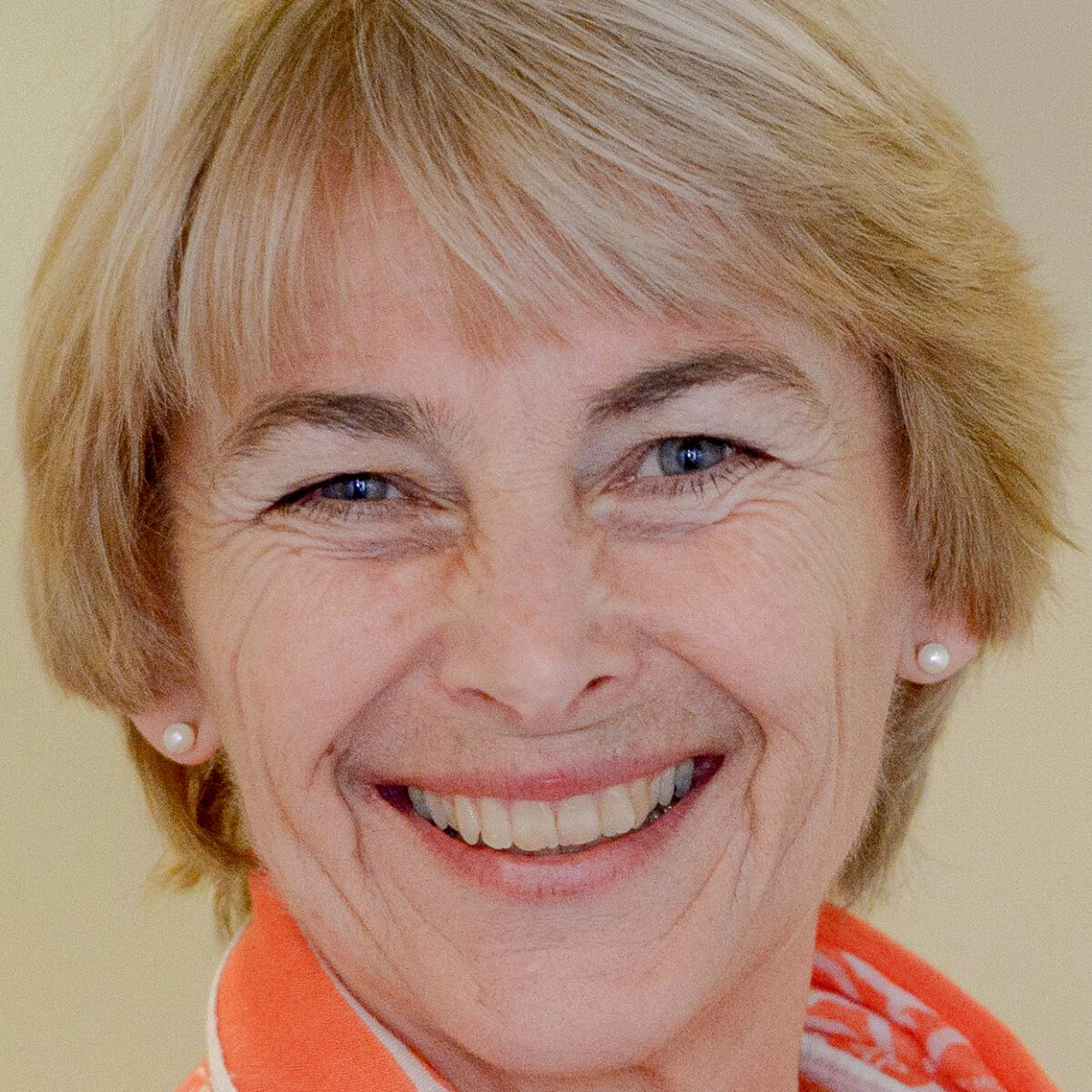Monika Benson, ERN-RND patient advocate answers questions about her work as a patient advocate as well as her dystonia:
How I got involved in Dystonia Europe
“When I found out that I had dystonia, I thought I was the only person in the whole world with a twisted neck. The first time I attended a dystonia patient meeting and saw others who looked like me, I felt relief. Very soon I discovered that helping other dystonia patients also helped myself. We set up a support group in southern Sweden. Very soon I was elected to the board of the Swedish Dystonia Association. Being responsible of our international relations brought me to Dystonia Europe in Brussels. After being President of Dystonia Europe for 6 years, I am now working as Executive Director and find it exciting to work with the new board.”
How dystonia affected me
“My first symptoms of dystonia came sneaking upon me with some pain in my neck and shoulder but I thought it was stress and a strained muscle. One evening as soon as I used my right hand my head turned to the left. I had to hold my head with my left hand to be able to write. I remember feeling scared, thinking: what is growing in my head?
Dystonia hit me when I had just turned 40, in the middle of a very busy life, working part-time for a school and raising my four daughters with all it involves. From being an active and happy mom I changed into a mom who had pain and stayed in bed. Fortunately a few months later my family doctor referred me to a neurologist and I was diagnosed with dystonia.
Treatment with botulinum toxin in the affected muscles was started. But the road to recovery was a lot more difficult. I had a lot of pain and felt like everybody was staring at me. I was feeling depressed and withdrew from social activities.
However I kept searching for more information and treatments available. The Swedish Dystonia Association recommended a physiotherapist specialised in dystonia. And she was my turning-point. When I stepped into her room she looked at me and said: “Monika you will be all right“. Now the pieces came together for my recovery. First of all I had the combination of treatments: injections of botulinum toxin and special physiotherapy. Secondly there was a team of people who believed in me and my recovery: my neurologist applying botulinum toxin; my physiotherapist who gave me exercises to handle my dystonia myself; my psychologist with whom I could share my worries; my family and friends; and last but not the least my dystonia “buddies“ in my local support group.
Today I focus on what I can do, not on what I cannot do.”
My advice to other patients and physicians
“We are all individuals and what works for one person might not work for somebody else. For me it was very important to meet others with dystonia and to feel that you are not alone. It is also important to discuss treatment goals and expectations with the physician, maybe seek help from a physiotherapist or a psychologist. Involve your family and talk about what you are going through. Focus on the good and positive in spite of dystonia.”
Dystonia Europe’s role
“Our 22 member organisations in 18 European countries perform an outstanding work to support dystonia patients across Europe. Our vision is better better quality of life for those living with dystonia and ultimately a cure and we hope to achieve that by focusing on the following activities: to raise awareness of dystonia, to inform and educate about dystonia and to promote research.”
My wishes for the future
“I wish for better awareness among the general public to overcome stigma from society; better recognition of dystonia among the medical profession to speed up diagnosis; more research on the efficacy of physiotherapy and dystonia; access to correct treatment for everybody who need it; and more research for even better treatments, and one day hopefully a cure.
For me it was therefore also very important to be part of the patient network within ERN-RND. It is only by working together that we can achieve progress and change for our patient communities of rare neurological diseases.”

